Waterproofing sprays and shoe cream for leather shoes
For long-lasting footwear, few materials can compete with leather. This natural material is breathable, thermo-regulating, tear-resistant, flexible, and robust. The only natural characteristic that leather lacks is water resistance. Without the right care products, shoes are only partially water-repellent. However, with the help of waterproofing sprays and shoe cream, you can give your shoes this feature in just a few simple steps.
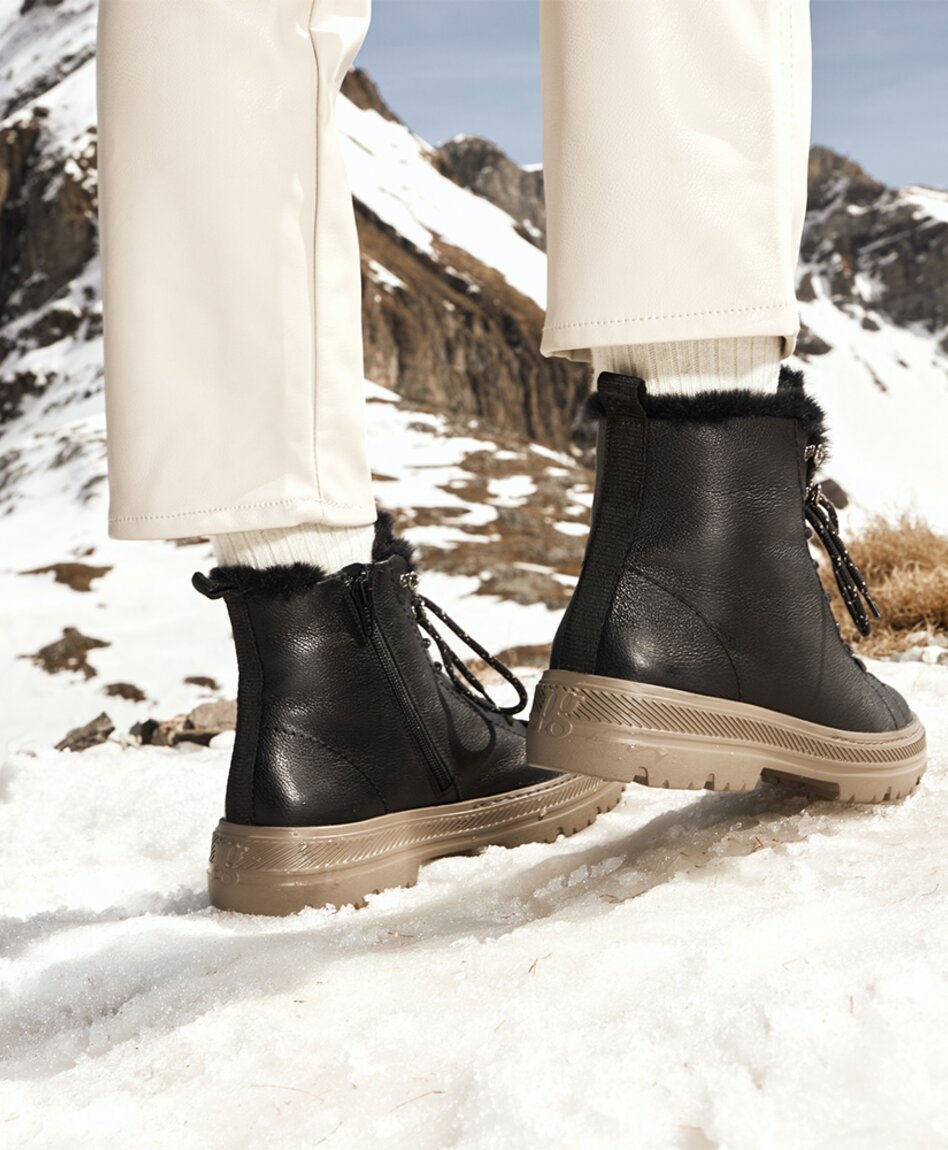
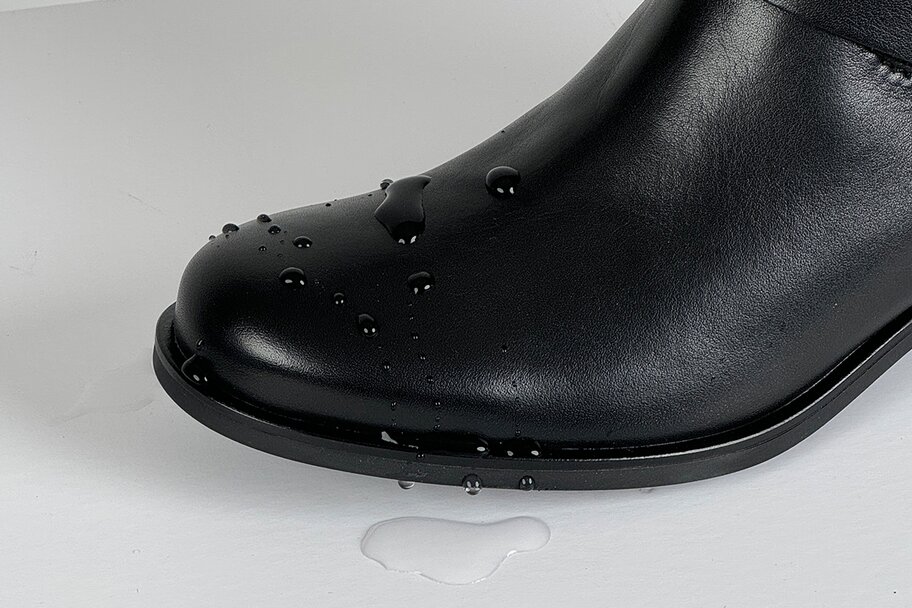
Why use care products?
Waterproofing sprays and shoe creams each have their own unique way of protecting your shoes from water and dirt. Without this protection, liquids can penetrate the outer material and cause unsightly stains. Plus, too much moisture in the leather can make the leather less flexible, which can lead to cracking.
Smooth leather is naturally more water-repellent than suede or nubuck leather. Nevertheless, good shoe care is recommended for all types of leather to prolong the life of the shoe and to restore the color.
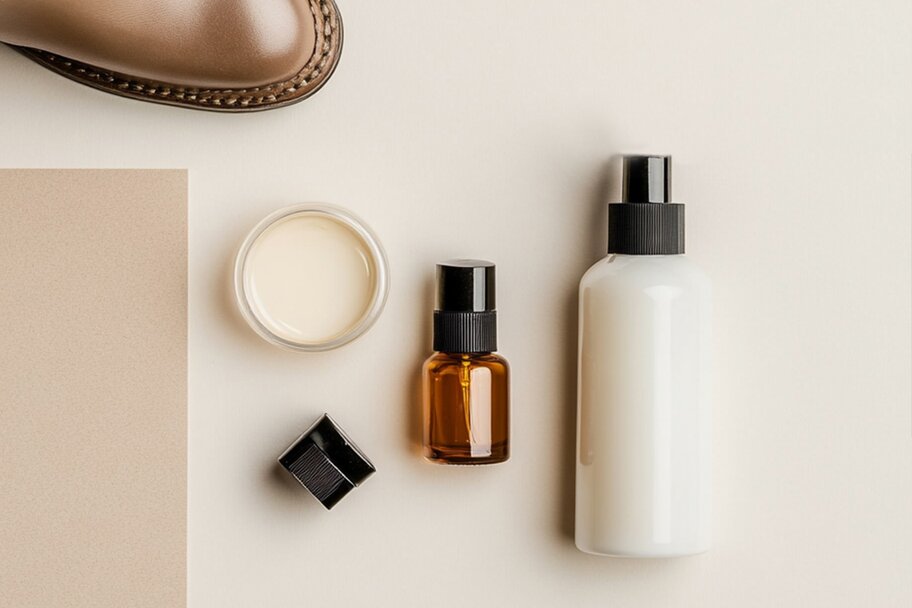
First things first – Waterproofing spray or shoe cream?
Waterproofing spray is a true all-rounder, as it can be used on any type of material. While shoe cream is only suitable for smooth leather uppers, it is a miracle cure when it comes to extending the life of your shoes.
That’s because the waterproofing spray is absorbed into the material, preventing water and dirt from penetrating it in the first place. Shoe cream, on the other hand, forms a shiny, protective layer on the leather surface of your shoes.
This means that for smooth leather shoes, you can first use a waterproofing spray to make them dirt-resistant and then apply a thin layer of shoe cream. For shoes made of velour, suede, textile, or other materials, the water-repellent spray is all you need.
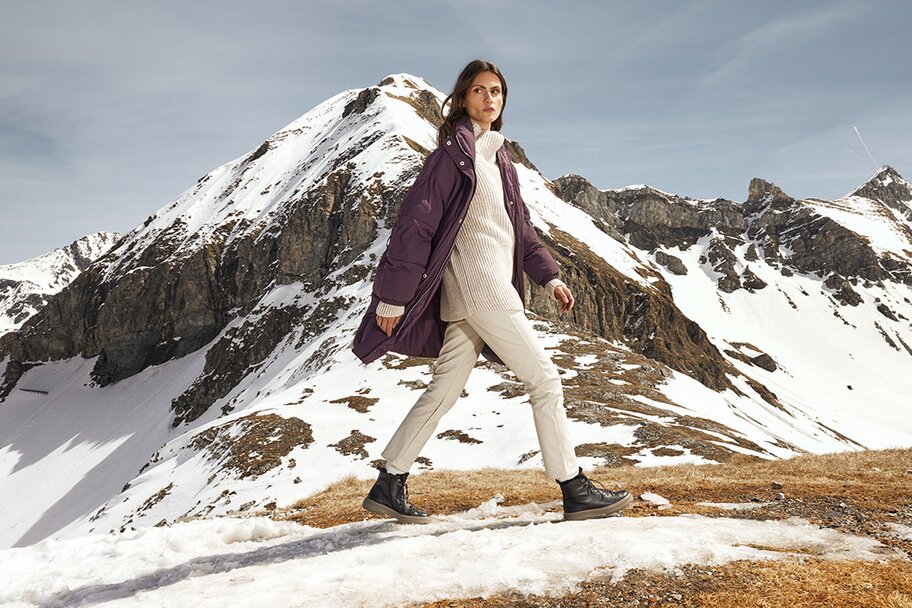
When should shoes be waterproofed?
You should waterproof your shoes before wearing them for the first time, allowing the freshly applied protective layer to be absorbed into the material and left to dry. This helps to prevent the shoes from becoming stained by making sure water and dirt are unable to penetrate the upper of your shoe.
After that, you will need to reapply the waterproofing and protective treatments on a regular basis. It is important that the shoes are thoroughly cleaned and dried beforehand. We have put together some helpful tips and tricks for you on how to clean your shoes the right way here.
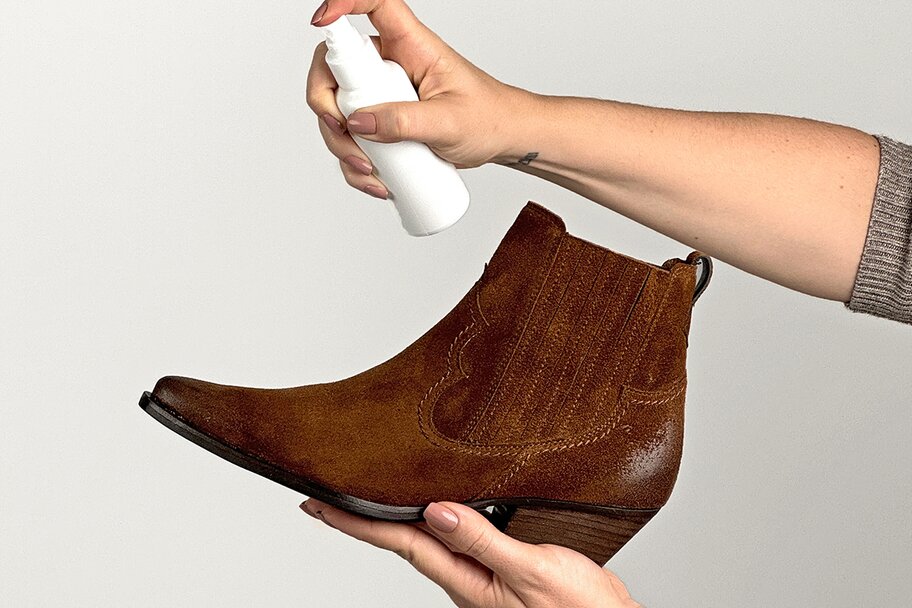
The correct way to waterproof footwear
Once the shoes have been cleaned of dirt and dust and are completely dry, it is time to waterproof the uppers and all the seams and edges. To do this, spray the shoe from a distance of about 20 cm. Two or three thin coats are usually enough to make the upper material resistant to water and dirt. It is important to ensure that each coat is completely absorbed into the material before applying a new one.
Please note that it is not advisable to try to speed up this process by applying a single thick layer, as this can affect the breathability of the footwear and stain the upper.
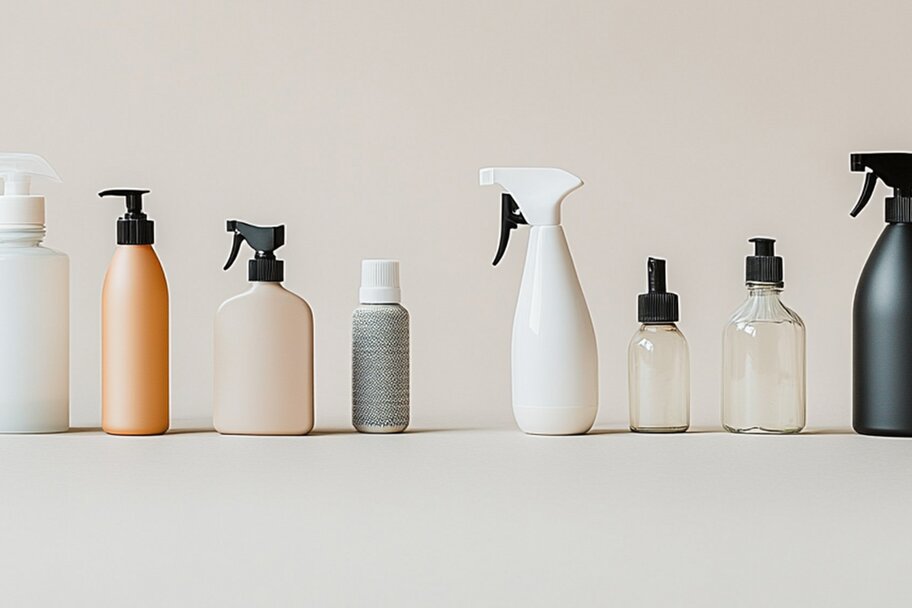
Which waterproofing spray is the right one?
Most sprays will work on most materials. Even so, it is still a good idea to check the label. Some sprays are designed for specific upper materials and should not be used on all shoes.
Do not use hairspray or other household products to waterproof your shoes. They don’t have the same dirt-resistant properties as waterproofing spray and can damage the upper material. In addition to your shoes, a good waterproofing spray can also be used on your bags and outdoor jackets.
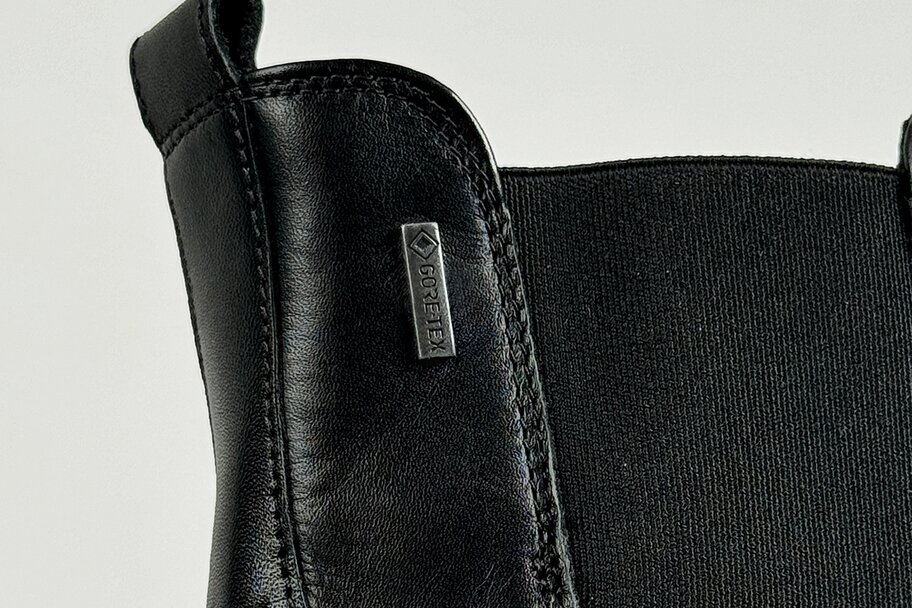
Waterproofing GORE-TEX footwear – Yes or no?
Thanks to the special membrane used in GORE-TEX footwear, these shoes are completely waterproof and breathable at the same time. The upper material is also protected from moisture by a water-repellent layer. So there is no need to waterproof newly purchased shoes with GORE-TEX technology.
While the integrated membrane is designed to be permanently waterproof, the water-repellent protective coating can wear off over time. When water no longer beads up on the surface of the shoe as it used to, it’s time to renew the waterproofing treatment with a waterproofing spray.
Do not use waterproofing wax or grease on footwear with GORE-TEX technology, as these products can reduce the breathability of the upper material.